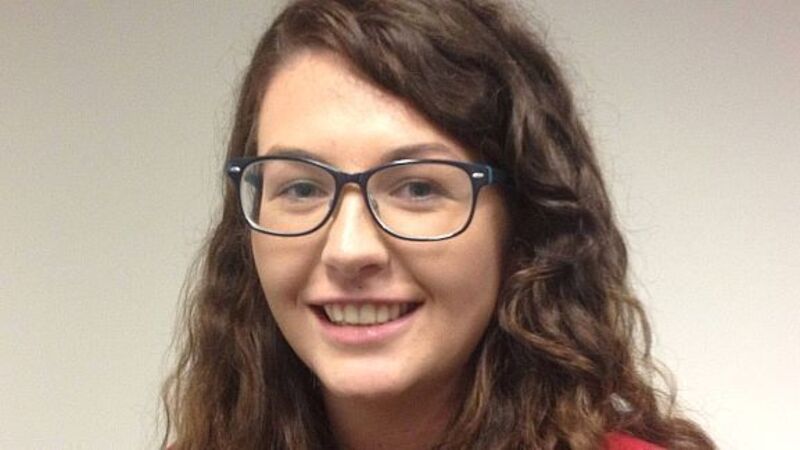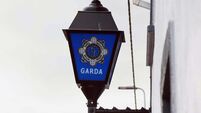Every person diagnosed is potentially a life saved

In 2013, I was diagnosed with Hereditary Haemorrhagic Telangiectasia (HHT), a genetic disorder of the blood vessels. Basically, it means that some of my blood vessels are abnormal and don’t carry blood properly, causing them to rupture. A small one is called a Telangiectasia and a big one is called an Arteriovenous Malformation (an AVM).
The small ones don’t cause too much trouble, but an AVM in one of your organs can lead to serious complications and, in some cases, death. HHT has no cure, but it can be treated.













